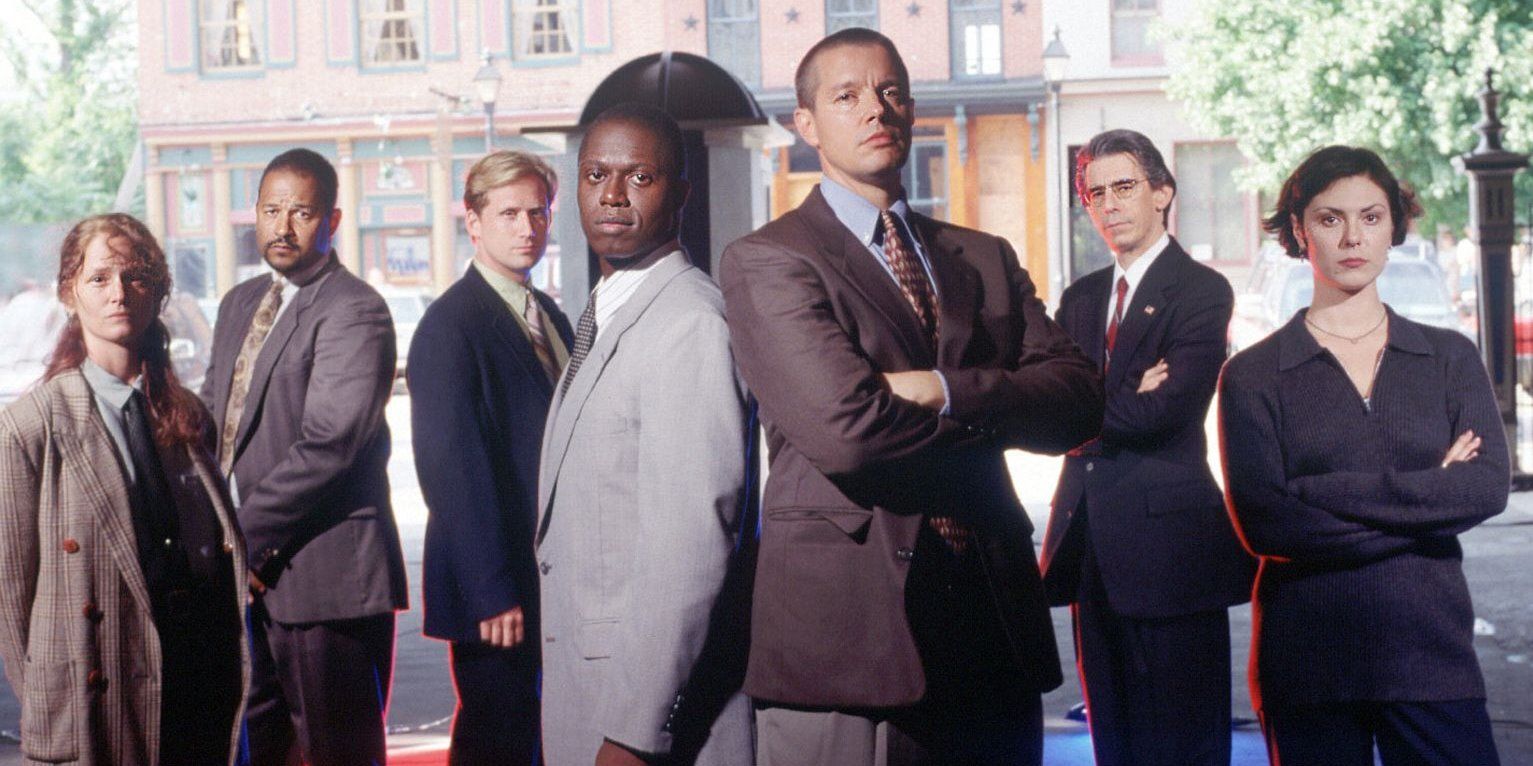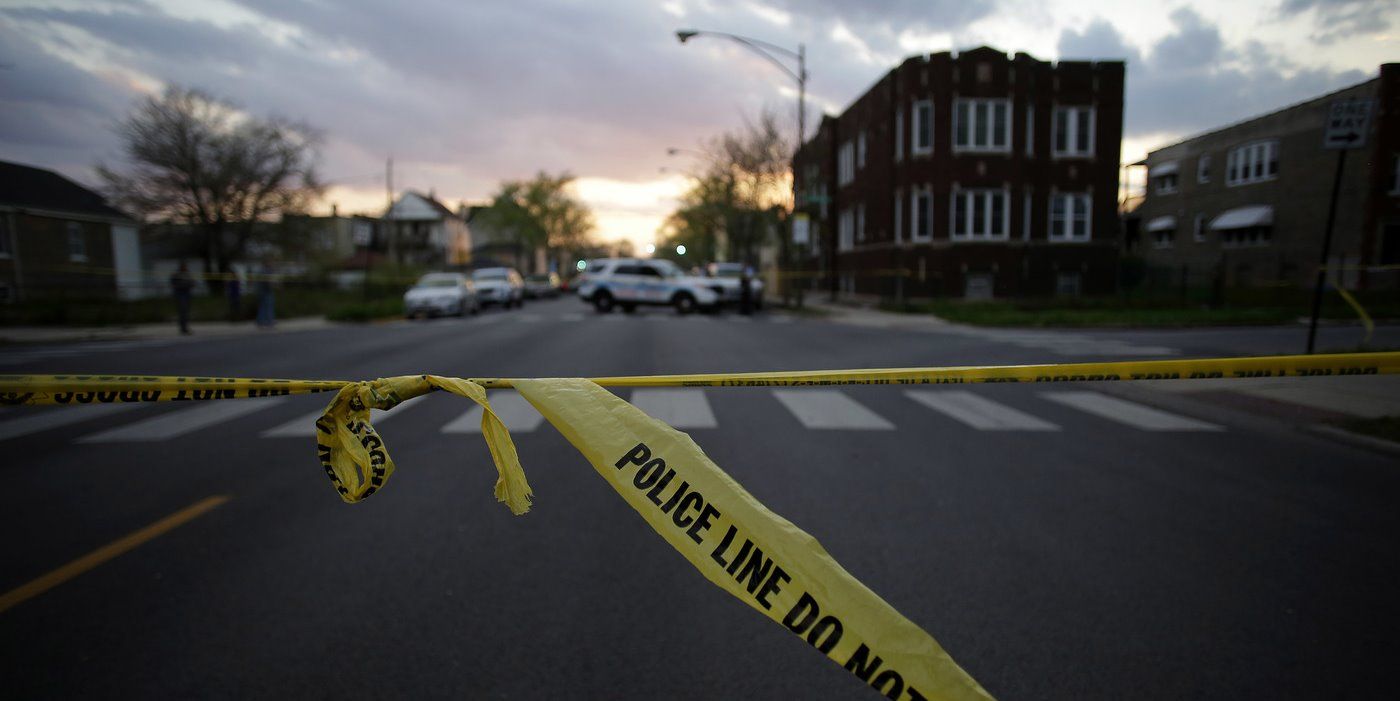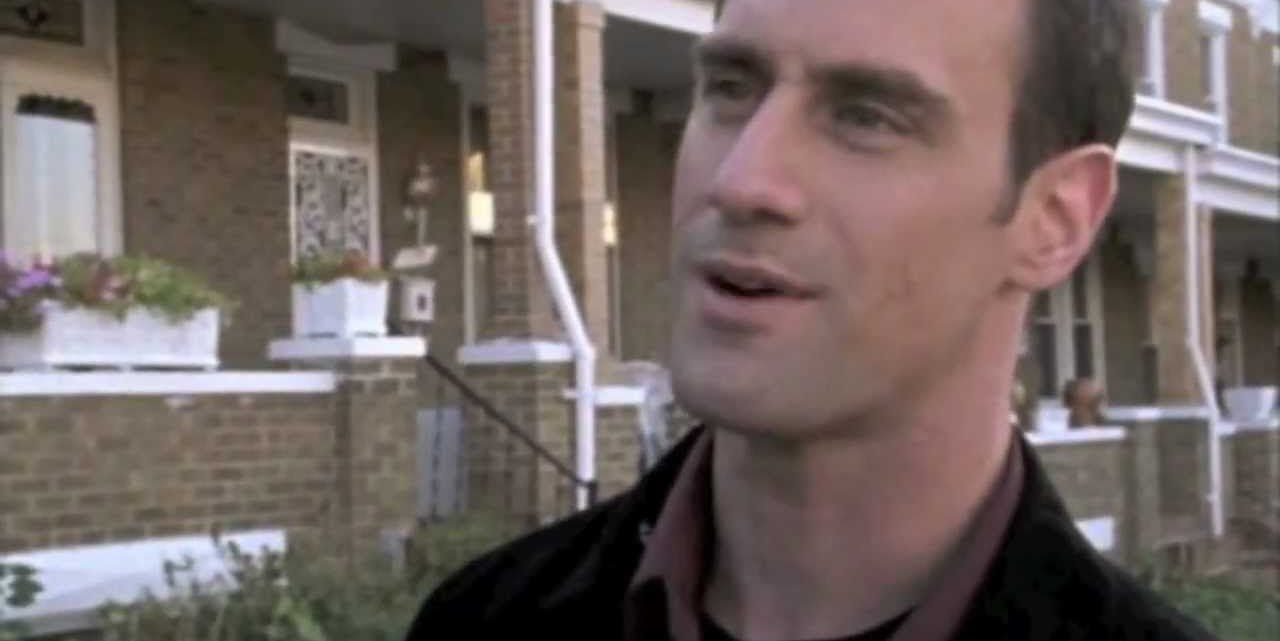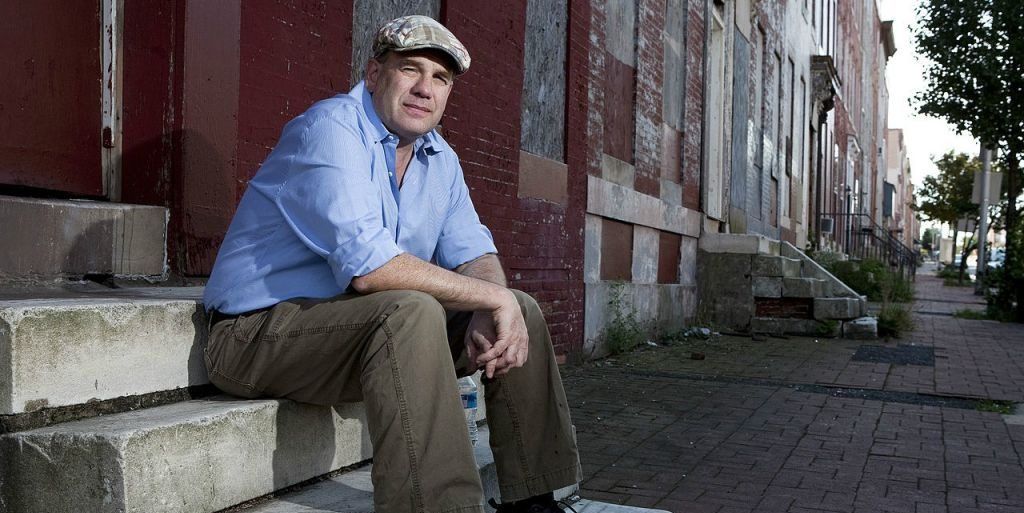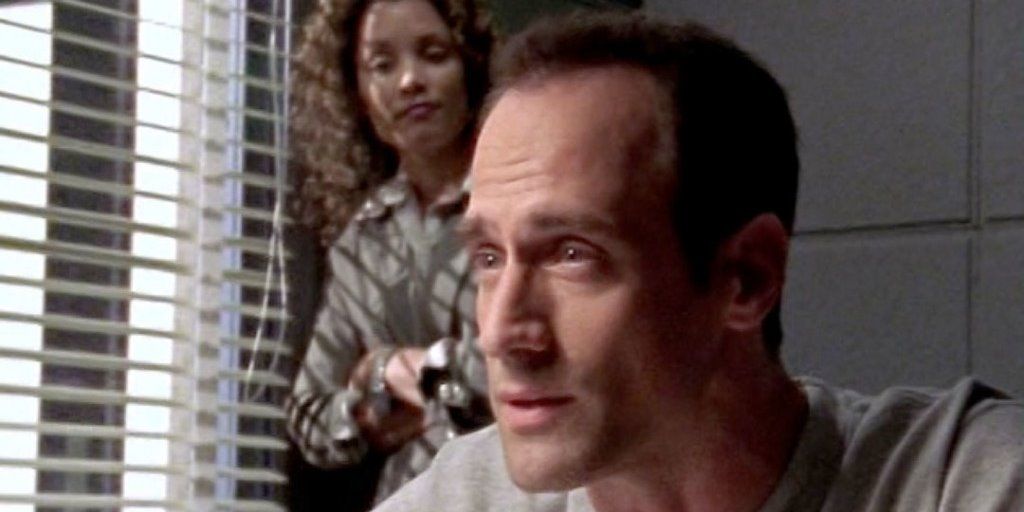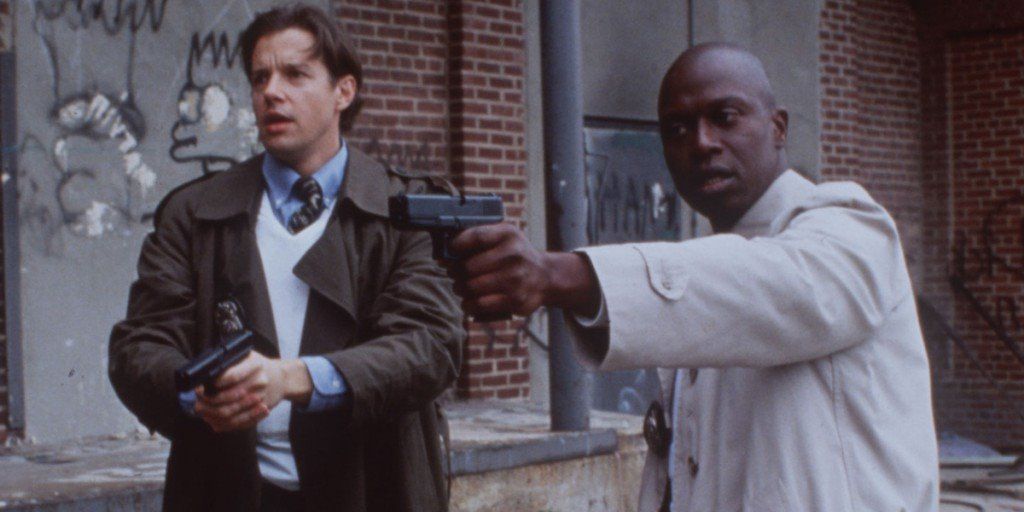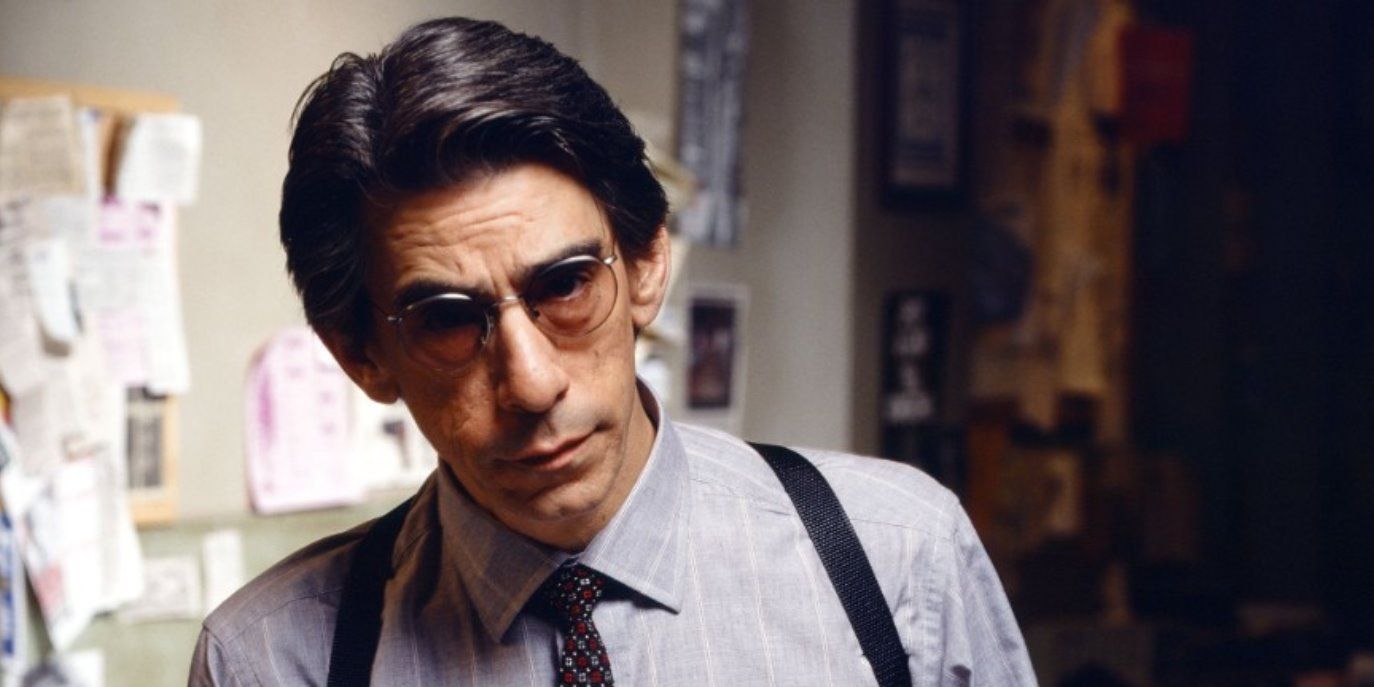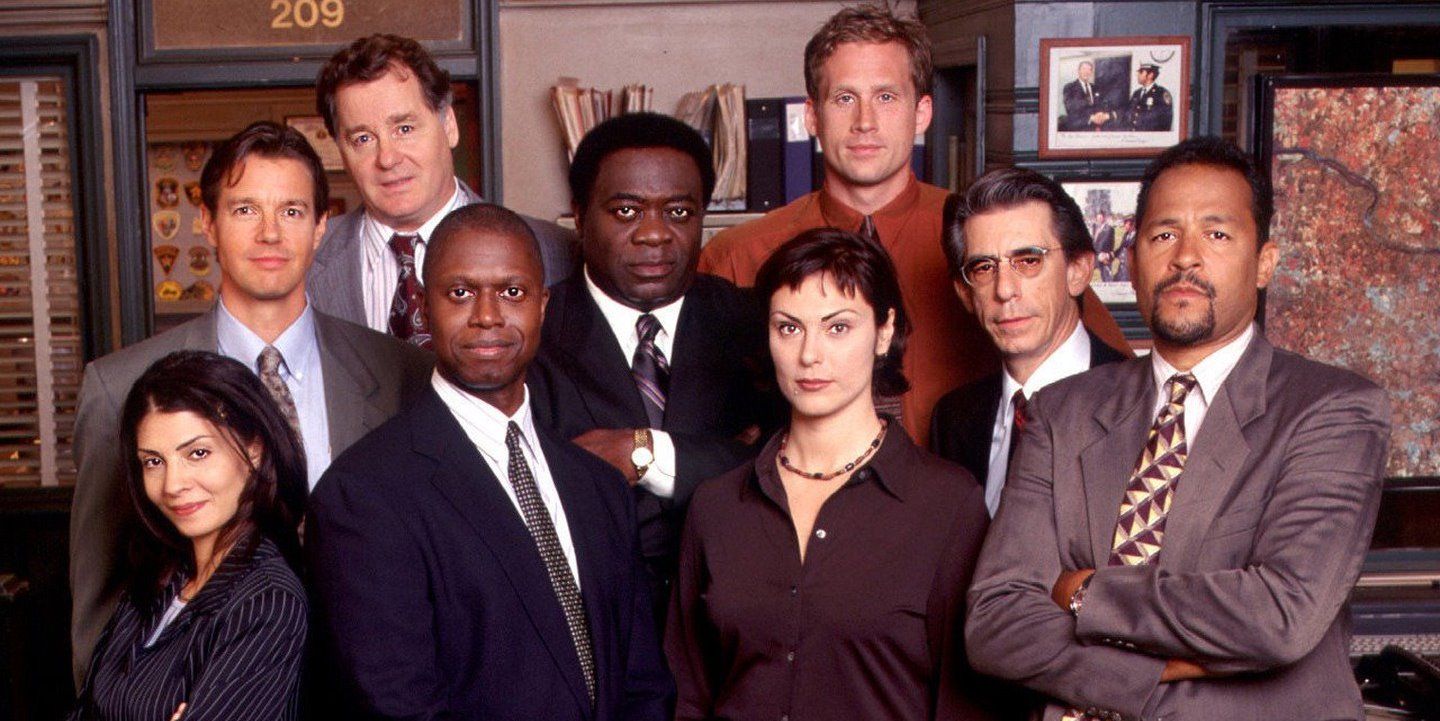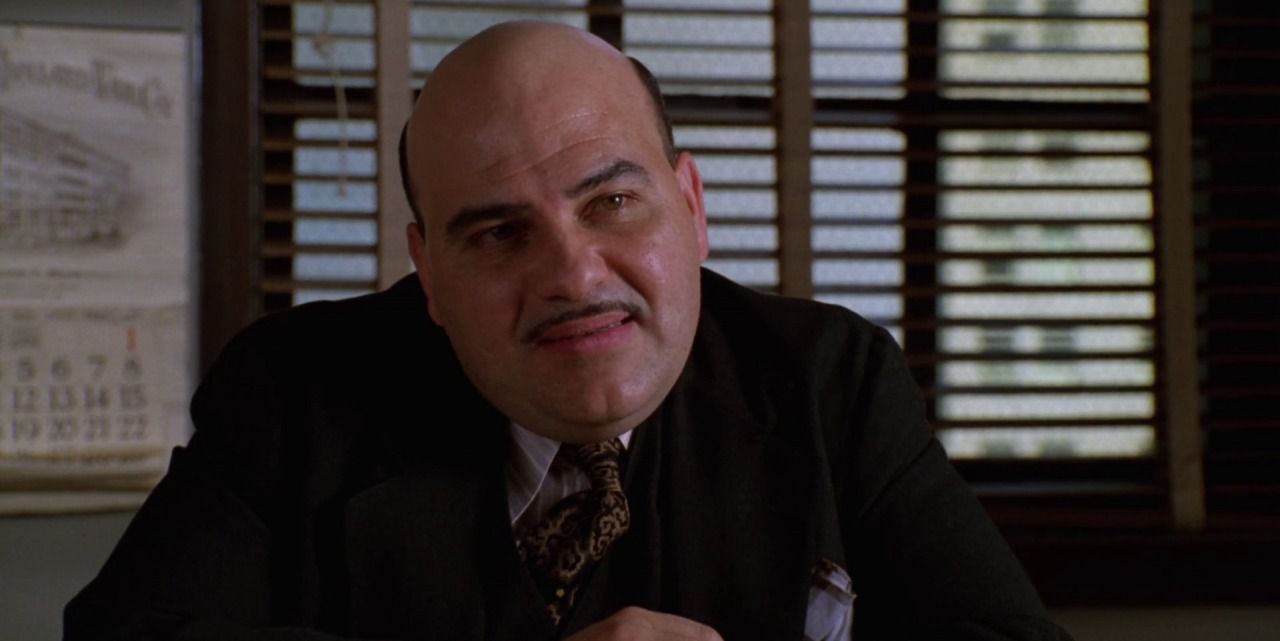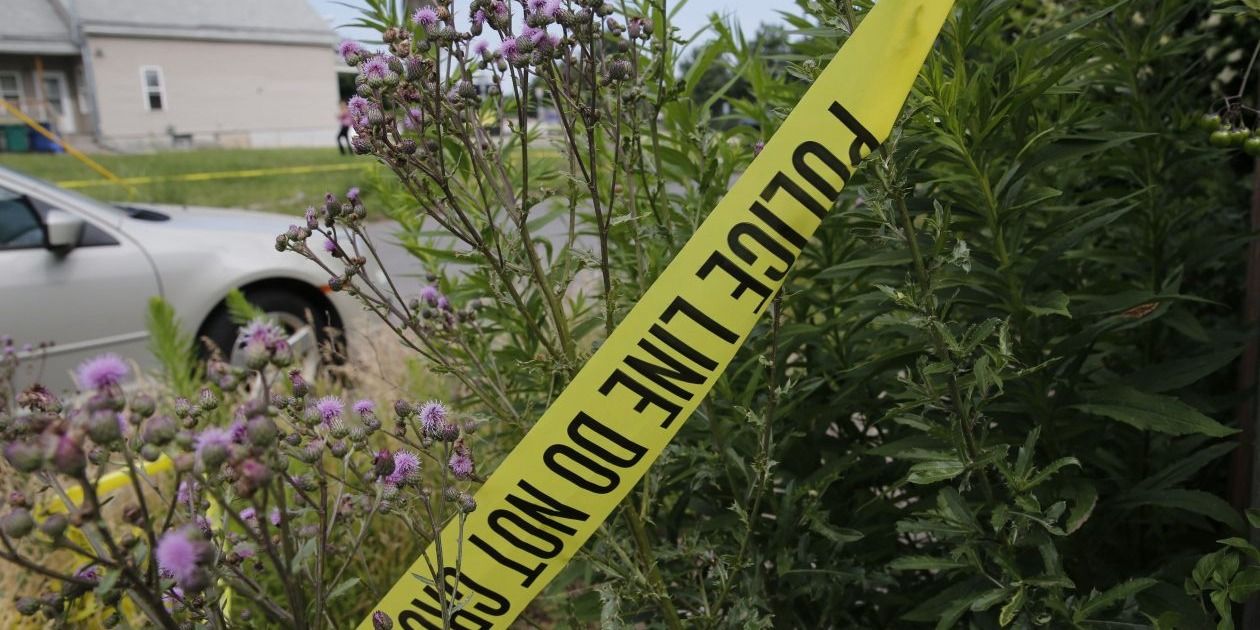Homicide: Life on the Street ran in the 1990s and was known for its action, suspense, and drama. Many times viewers were left at the edge of their seats by what unfolded on the screen. Fans of the series may or may not have been aware that this onscreen action was based on chronicles of actual crimes, and that some of the most unbelievable episodes had in fact a foundation of truth.
The tentative display of crime on screen and sterling detective work drew its truth from a book chronicling work by the Baltimore Police Department’s Homicide Unit. Here are 10 hidden details about the show viewers never noticed:
Based on a book
The series is based on records of detective work recording by David Simon, a reporter from The Baltimore Sun. His work showcases high-action police work done by the Baltimore Police Department’s Homicide Unit.
Simon spent years covering police work, on the paper’s crime beat, working alongside the said Homicide Unit before commencing work on the book. During this time, he shadowed the detectives as they investigated cases. A total of 567 murders happened in Baltimore from 1989 to 1990, during the time he wrote the book.
Setting the record straight
Author David Simon explained his aim with his work was to demystify the American detective. In his opinion, detective work had been incorrectly portrayed by the media and by society in general.
He said people always thought of detectives as noble characters who had deep compassion for others, especially their victims. He aimed to show this was not always the case and that most detectives considered violence to be a part of who they were and their everyday jobs.
Onto the big screen
Not all viewers realize that Homicide: Life on the Street, while enjoying a successful seven years on the silver screen, actually made it to the big screen.
The series concluded in 1999 but made a brief comeback in 2000 as Homicide: The Movie. This meant that most of the cast members got their chance to shine on the big screen – albeit briefly. Diehard fans can get a copy of the movie, to keep the series’ glory days alive in their own homes.
The Black Widow
Fans of the show will remember the horrendous story of The Black Widow, the dear old woman who ended up having the blood of more than one victim on her hands. What viewers might not know is that the episode on The Black Widow was based on the case of Geraldine Parrish.
She was a woman who took out insurance policies on her five husbands to make money off of them. She arranged for them to be murdered and kept two of their bodies in her house.
The real deal
Viewers of the show probably wouldn’t know that in 1993, a real live criminal entered the set of Homicide: Life on the Street. However unbelievable this sounds, reports state it as the truth. The said criminal was on the run from the Baltimore Police Department. Reports state that he actually surrendered to the actors who were uniform. They were that convincing! Directors of the show later referred to this episode when the show actors chased a suspect onto the set of ‘Homicide.’
Teaming for success
The show enjoyed great respect from others in the entertainment industry. On several occasions, the themes and narratives of Homicide: Life On The Street were teamed with those of Law & Order, a crime series which was aired at the same time and enjoyed great success.
This teaming up allowed for single or double crossover episodes. The pairing of series' also increased the credibility of the narratives and created a world beyond the screen, where characters appeared to ‘live’ between shows and episodes in their own worlds.
The main guy on the block
Fans loved the show for its many diverse characters. Still, there were favorites among the cast and crew. Also, there were the ‘old loyals’ – those characters who seemed to be the glue holding the whole presentation together. Richard Belzer, played by John Munch, was shown more than any other character in the series. He appeared in 119 of the 122 episodes. This was more than anybody else. The three episodes he wasn’t in included "The Damage Done," "Lines of Fire," and "The Subway."
It's in the detail
The show directors paid much attention to detail in the show. However, most fans probably didn’t realize to what extent this happened! To give an example, Lieutenant Giardello's door number is 209. This number is the same as the case number of the series' most acknowledged homicide case. This was the case involving Adena Watson. While these subtle details and nuances in narrative direction seem coincidental, directors of the show have assured viewers that ‘209’ was put on the door on purpose.
The case of Steve Crosetti
Steve Crosetti is a much-loved character on the show, however, viewers never get to see him be the ‘primary’ detective or big brass in any investigation. In the first three seasons, five of his cases are alluded to in the narrative. However, fans never get to actually see the investigations unfold. While the series’ viewers would be familiar with Crosetti’s work, he doesn’t feature quite in the limelight as some would hope because of the way his cases are worked into the narrative.
Detective on scene
One of the characters is actually played by a real detective from the Homicide Unit of the Baltimore Police Department. Al Giardello is based on Gary D’Addario.
The character in the series has a part-Italian, part-African-American heritage, making for some interesting viewing. Add to this, the fact that real detective antics are employed to acting stints by D’Addario - and Bob's your uncle. It’s best fans know this detail, as it definitely adds to the entertainment value.

